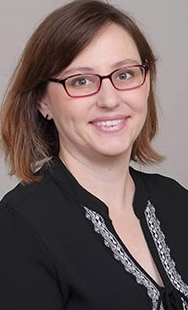Abstract: While typically-developing children learn language with remarkable ease, 7-9% of children have Developmental Language Disorder (DLD) and experience significant difficulty in understanding and producing language (Tomblin et al., 1997). DLD is described as a “Hidden Disorder” as children’s difficulty with language is not always obvious (McGregor, 2020); even parents and teachers may not notice language difficulties or ascribe them to factors such as attention (Adlof et al., 2017; Hendricks et al., 2019). DLD is a life-long condition with long-term social, academic, and economic impacts. Many students with DLD do not receive academic support and struggle across the curriculum (Duff et al., 2019). The difficulty of accurate identification is even more pronounced for children from minoritized backgrounds, due to linguistic bias in test making and societal biases against non-mainstream dialects. Many language assessments draw on research from General American English (GAE) and may penalize students for grammatical uses of dialects such as African American English (AAE). For example, omission of morphosyntactic markers, such as regular past tense -ed, is an indicator of DLD among children who speak GAE. However, zero-marking of past tense is grammatical in AAE and therefore diagnostic assessments which include these markers may not accurately measure students’ skills (Seymour et al., 1998). In this talk, Alison Hendricks will discuss the impact of linguistic variation on the identification of DLD, examine ways to improve the identification of DLD for children from minoritized backgrounds, and present new research on measuring growth in language comprehension across the primary grades.


Occurrences
-
Friday, April 4, 2025, 9:00 a.m.–10:30 a.m.